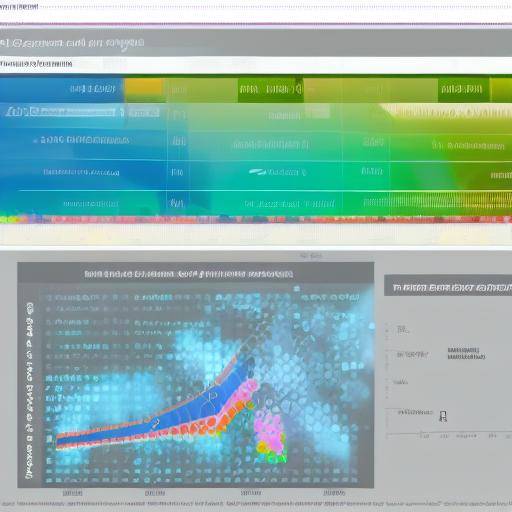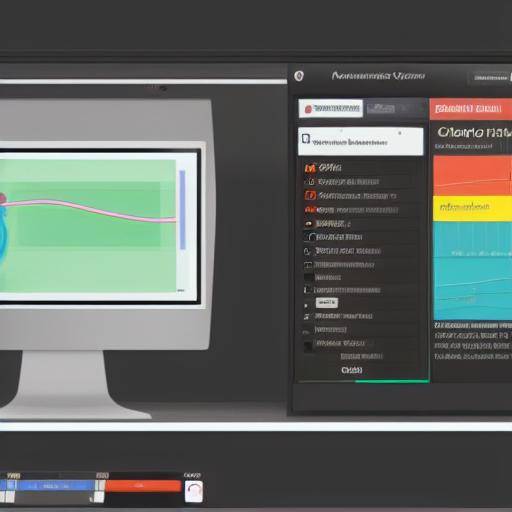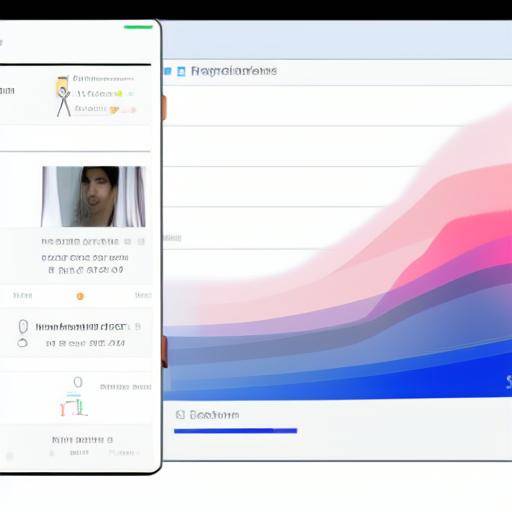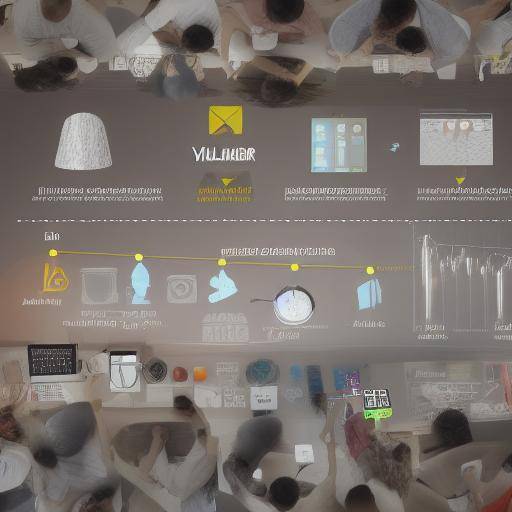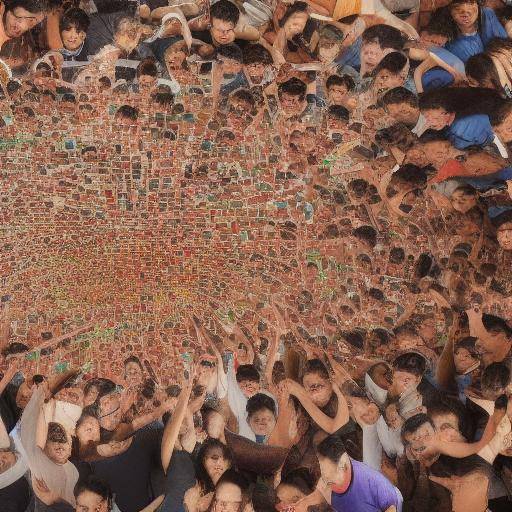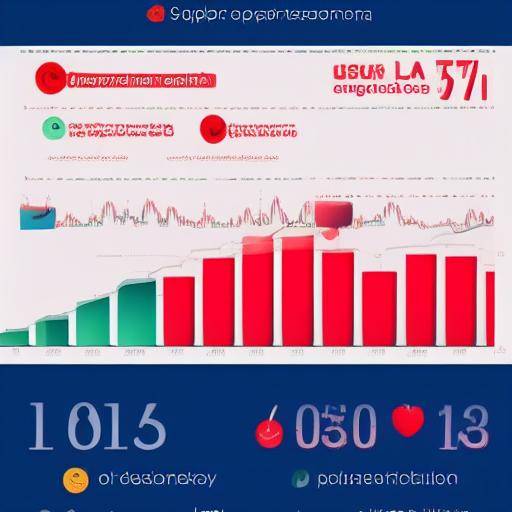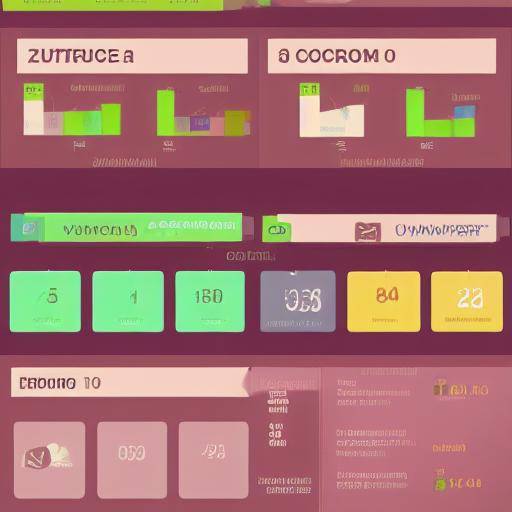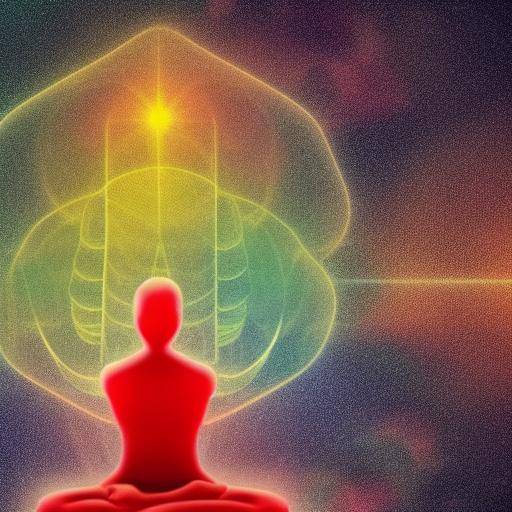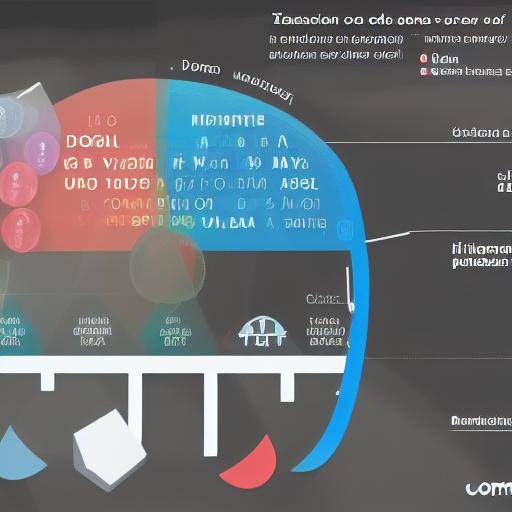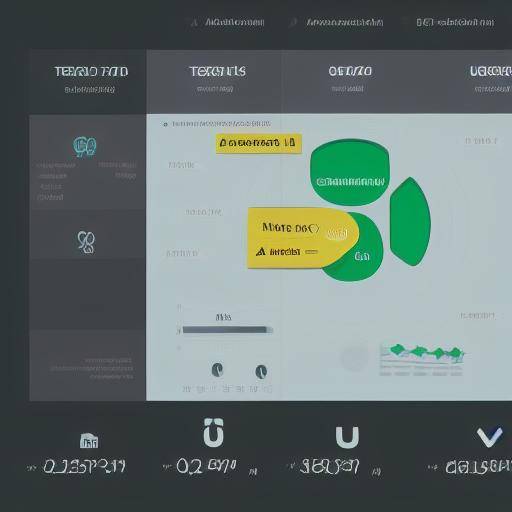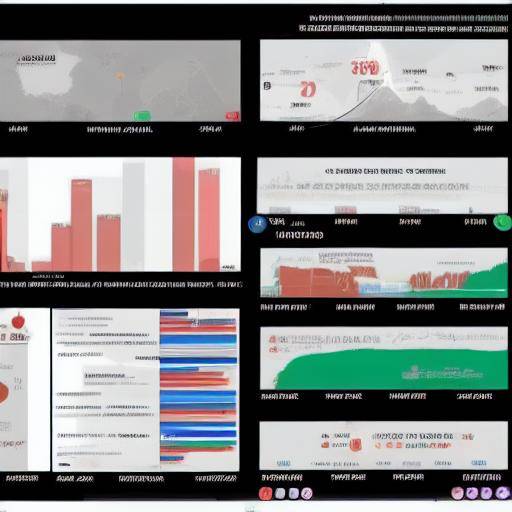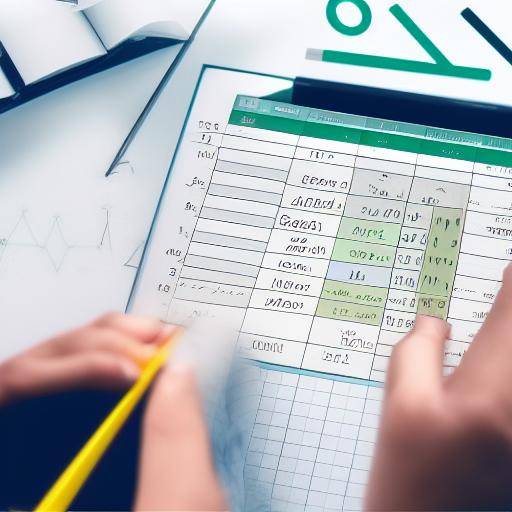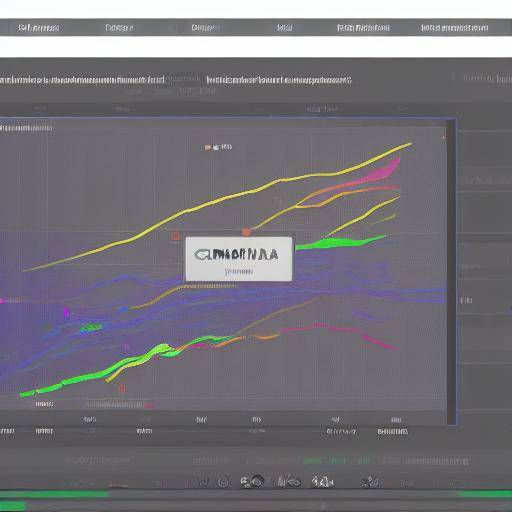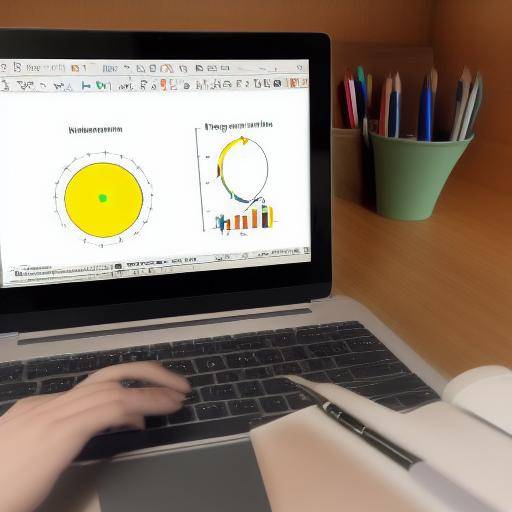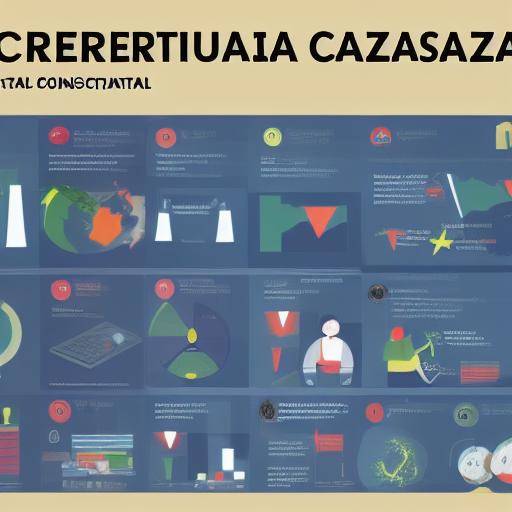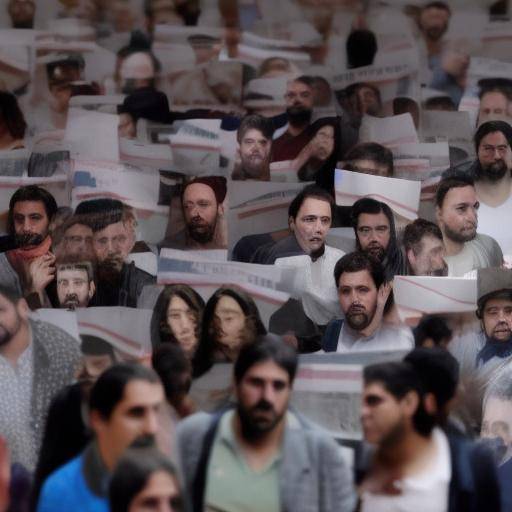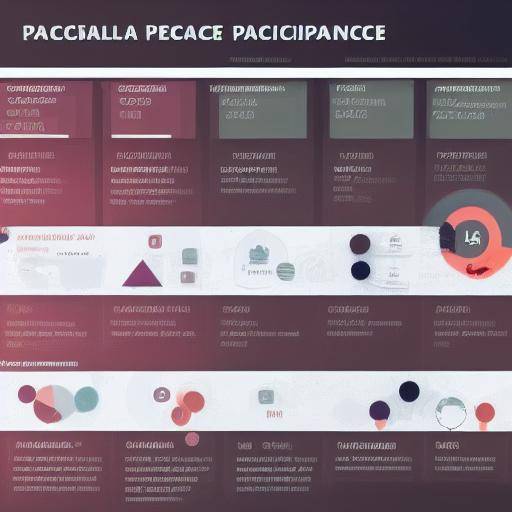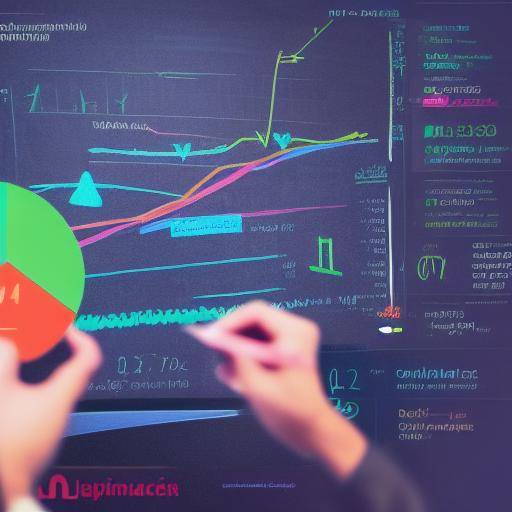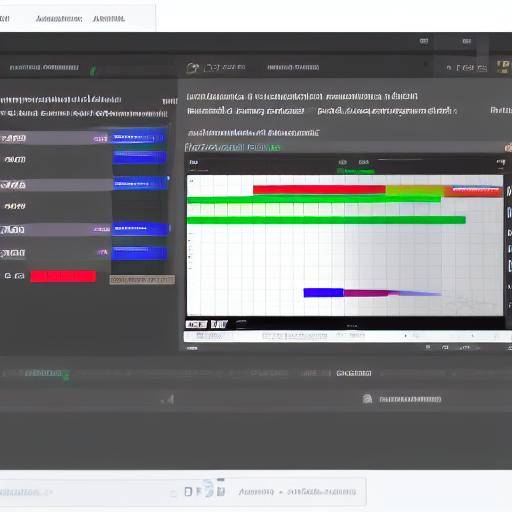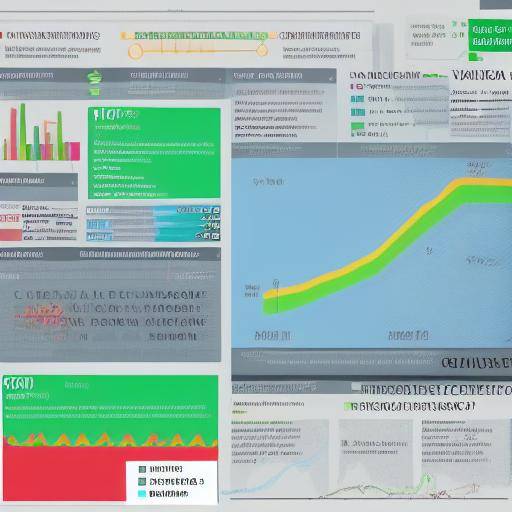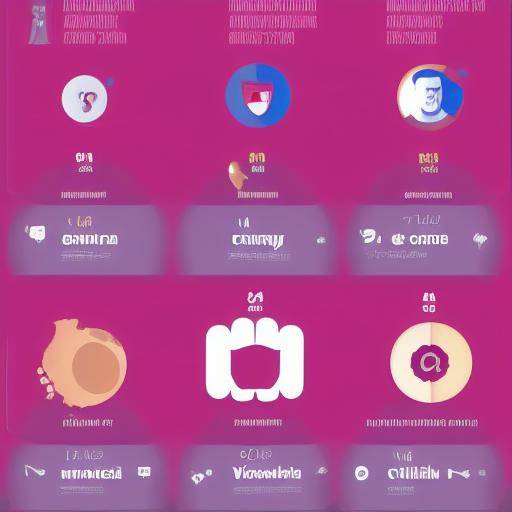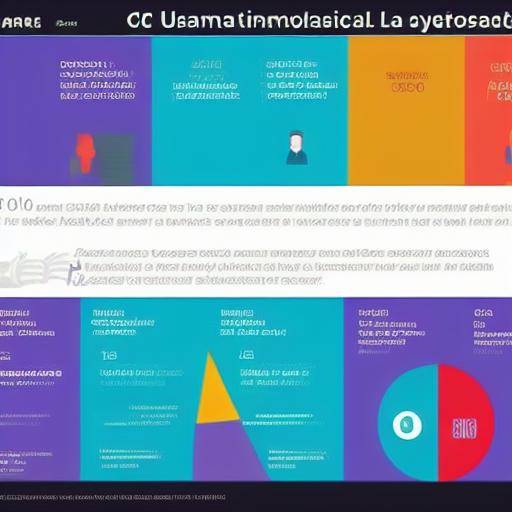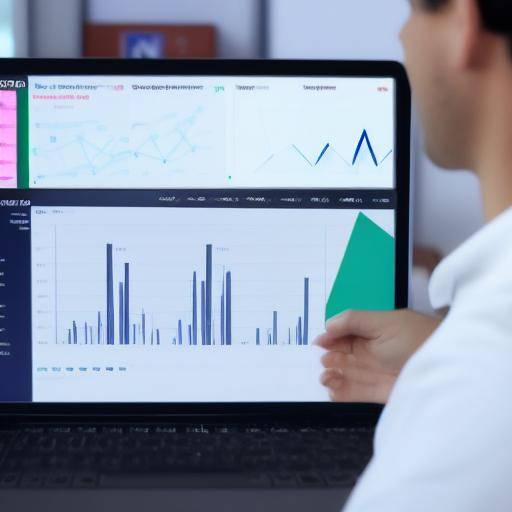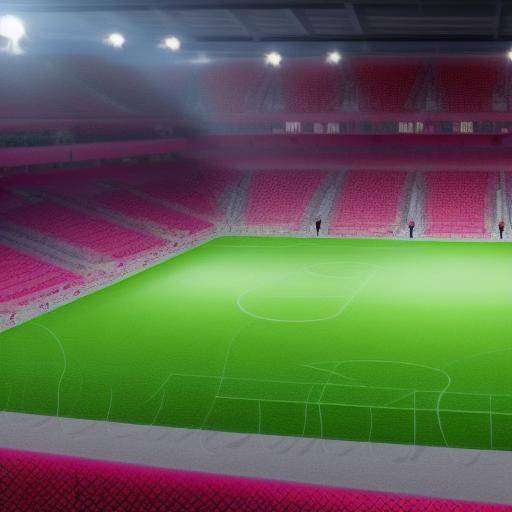
Introduction
Sport performance is a crucial aspect for athletes, as it influences their ability to achieve goals and achieve outstanding results. Visualization is a powerful psychological tool that can improve sports performance by helping athletes prepare mentally for success. In this article, we will explore in detail how visualization can influence sports performance and how athletes can use this technique to achieve their sports goals.
History and Background
Visualization, also known as a mental image, has its roots in ancient Eastern philosophy and has been used in various cultures throughout history. Their use has spread to fields such as psychology, medicine and, of course, sport.
Some of the first documented references on display in sport go back to ancient Greece, where athletes used visualization techniques to prepare mentally before competitions. Since then, the technique has evolved and has been the subject of numerous scientific studies that support its effectiveness.
Analysis in Deep
The display offers a wide range of benefits for sports performance. By imagining successful scenarios, athletes can reduce anxiety, increase confidence, perfect technique and improve concentration during competition. Studies have shown that visualization can contribute to improving motor skills, reducing recovery time and optimizing performance in general.
Despite its many benefits, visualization also poses challenges. Some athletes may find it difficult to practice visualization, especially if they lack experience in relaxation and concentration techniques. However, with proper guidance and continued practice, visualization can become an invaluable tool to improve sports performance.
Comprehensive review
The visualization has become a widely accepted technique in the world of elite sport. Athletes of different disciplines, from weight lifters to golfers, have incorporated visualization to their training routines with impressive results. Sports psychology experts offer specific guidelines on how to use visualization to achieve sports goals, making it an essential tool for any serious athlete looking for optimal performance.
Comparative analysis
Although visualization focuses on the creation of mental images to improve performance, it is clearly distinguished from other techniques such as meditation and relaxation. Visualization focuses on the active creation of desired scenarios to influence sports performance, while meditation and relaxation focus on mental reinforcement and stress reduction.
Practical Tips and Accessible Tips
For athletes who wish to incorporate visualization into their training regime, it is crucial to adopt a systematized approach. Here are some practical tips to maximize the benefits of visualization:
- Set a quiet and free atmosphere of distractions to practice visualization.
- Visualize in detail and realism, encompassing all the senses and emotions associated with the desired scenario.
- Practice visualization regularly, ideally before training or competition sessions, to strengthen focus and confidence.
Industry ideas and Expert Reviews
Sports psychologists agree that visualization can be a transformative tool for athletes. By allowing athletes to mentally prepare for specific challenges, visualization can make the difference between success and failure in competition. Sports performance experts also emphasize the importance of adapting visualization techniques to the individual needs of each athlete to achieve the best results.
Case Studies and Applications in Real Life
An outstanding example of the effectiveness of visualization in sports performance is the case of the Novak Djokovic tennis player. The famous player has attributed part of his success in the court to his focus on visualization. Djokovic is known for its rigorous visualization routine, in which you can imagine perfect plays and successful results before each match. This approach has significantly contributed to your domain in high-level tennis.
Future Trends and Predictions
As sports performance science continues to evolve, visualization is likely to play an even more central role in the mental preparation of athletes. With the advancement of technology, new tools and approaches may arise to optimize the practice of visualization, allowing athletes to achieve even more outstanding performance in the future.
Conclusion
In short, visualization offers significant potential to improve sports performance by allowing athletes to mentally prepare for success. By focusing on the creation of desired scenarios, visualization can reduce anxiety, increase confidence and refine concentration during competition. As athletes seek to achieve their sports goals, visualization is presented as a fundamental tool that can make the difference between average performance and exceptional performance.
FAQ
What is visualization in sports performance?
The visualization in sports performance is a technique that involves the conscious creation of mental images to prepare for specific sports situations, improve the technique and increase confidence.
What are the benefits of visualization in sports performance?
Visualization can reduce anxiety, increase confidence, perfect the technique and improve concentration during competition, which contributes to more outstanding sports performance.
How can I incorporate visualization into my sports training?
To incorporate the visualization into your sports training, look for a quiet and free atmosphere of distractions, visualize with detail and realism, and practice regularly before training or competition sessions.
Can visualization help achieve specific sports goals?
Yes, visualization can be an effective tool to help athletes visualize and achieve specific sports goals by mentally preparing the path to success.
What is the difference between visualization and other psychological techniques in sport?
Although visualization shares similarities with other psychological techniques in sport, such as meditation and relaxation, it is distinguished by its focus on the active creation of desired scenarios to influence sports performance.
Who can benefit from visualization practice in sports performance?
Athletes of all disciplines and levels, from beginners to elite professionals, can benefit from the visualization practice in their sports training to improve performance and achieve their goals.
With this, it is clear that visualization in sports performance is a powerful tool that can make a significant difference in athlete performance. By adopting effective visualization practices, athletes can mentally prepare themselves to achieve their sport goals with greater confidence and determination.



